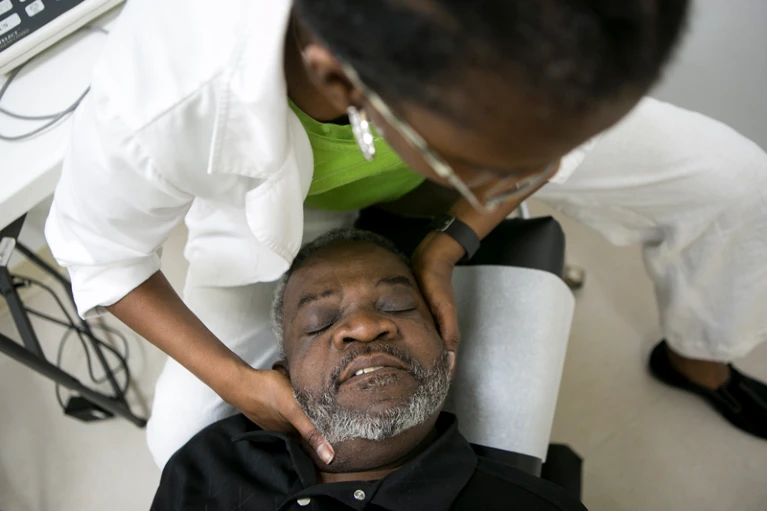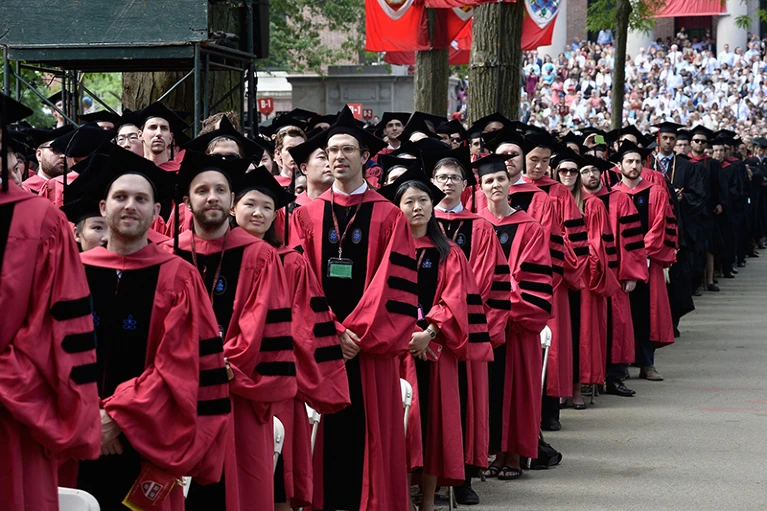
Most US professors are trained at same few elite universities – Nature


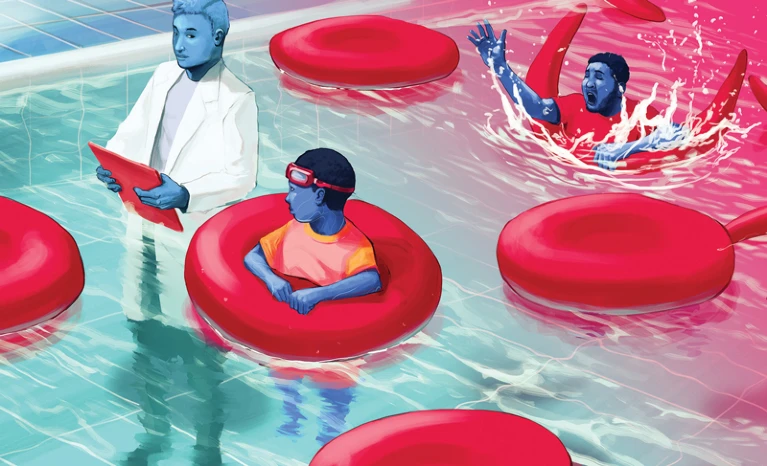
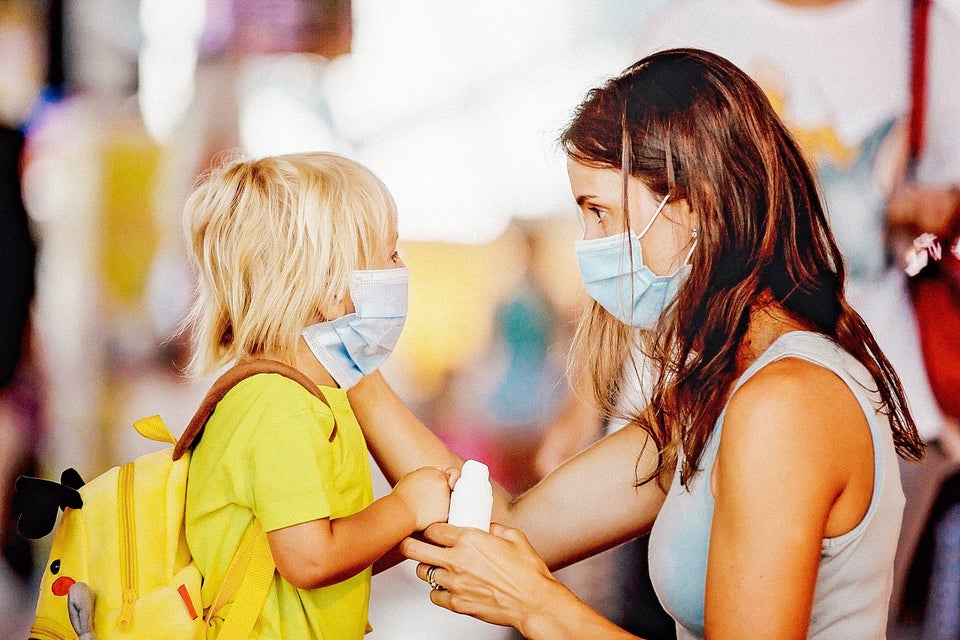

Photo: NurPhoto/Getty Images
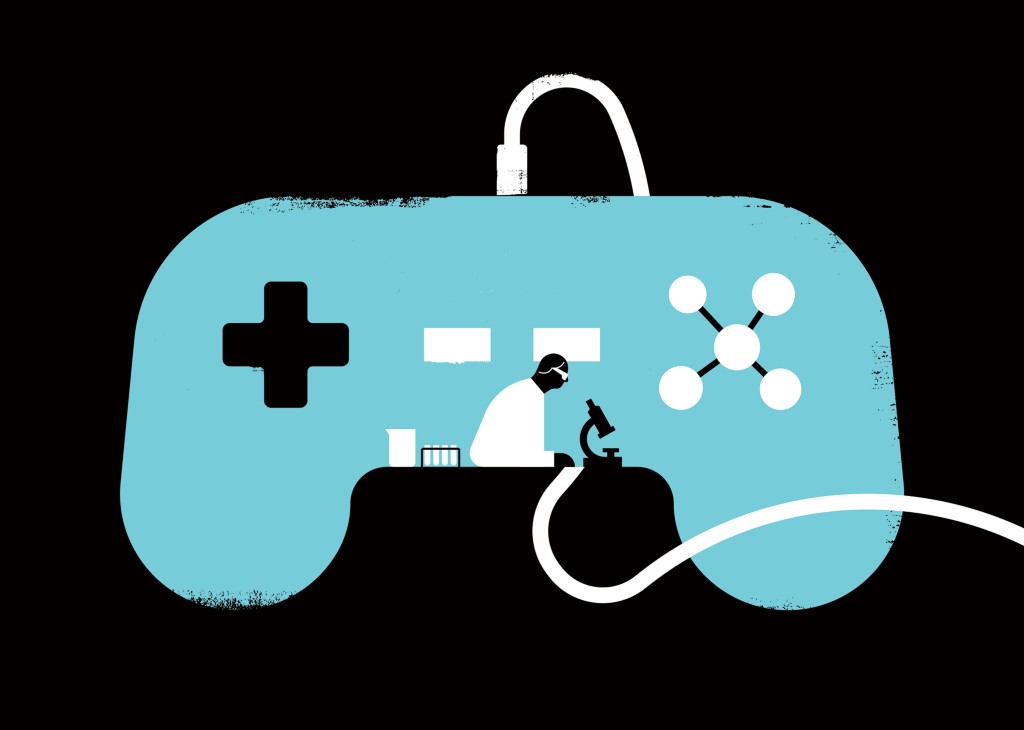
Image: the Project Twins
Motion sensors don’t just drive gameplay. With the right software, they can scan dinosaur skulls, monitor glaciers and help robots to see.

Image: Zara Picken
Regulators have been calling for equal representation of men and women in health research for nearly 25 years. So why are women still underrepresented?

Photo: Alonso Nichols/Tufts University
The esoteric world of pure math doesn’t usually play much of a role in promoting fairness in the U.S. political system, but Tufts mathematicians Moon Duchin and Mira Bernstein believe that needs to change. It is math, they say, that could help overcome gerrymandering—the practice of drawing legislative districts that favor one party, class or race.

photo by Casey Atkins for Nature
Aviv Regev likes to work at the edge of what is possible. In 2011, the computational biologist was collaborating with molecular geneticist Joshua Levin to test a handful of methods for sequencing RNA. The scientists were aiming to push the technologies to the brink of failure and see which performed the best. They processed samples with degraded RNA or vanishingly small amounts of the molecule. Eventually, Levin pointed out that they were sequencing less RNA than appears in a single cell.
To Regev, that sounded like an opportunity. The cell is the basic unit of life and she had long been looking for ways to explore how complex networks of genes operate in individual cells, how those networks can differ and, ultimately, how diverse cell populations work together. The answers to such questions would reveal, in essence, how complex organisms such as humans are built.

Sebastian Kaulitzki/Shutterstock; Scientific Reports
Every day in the U.S., about 22 people die waiting for an organ transplant. If scientists could 3-D print organs like kidneys, livers and hearts, all those lives could be saved. For years, people have been touting personalized organ printing as the future.
But despite decades of promising work in bioengineered bladders and other kinds of human tissue, we’re not close to having more complicated organs made from scratch. Harvard professor Jennifer Lewis, a leader in advanced 3-D printing of biological tissue, has only recently developed the ability to print part of a nephron, an individual unit of a kidney.
I asked Lewis what it will take to someday print a full kidney or a similarly complex organ.

Illustration by Gabriel Alcala
When a new drug is being tested in a controlled clinical trial, half the patients get the real drug and half get a placebo, something harmless like a sugar pill or a saline injection. But patients on the placebo often improve anyway, and that’s because they expect that they’re getting the real drug, right? Well, no. Harvard professor Ted Kaptchuk’s research has exploded that explanation. Read the full story in NeoLife.

iStock
Dyslexia is not just about reading, or even language. It’s about something more fundamental: How much can the brain adapt to what it has just observed? People with dyslexia typically have less brain plasticity than those without dyslexia, two recent studies have found.

Vicki Beaver/Alamy Stock Photo
Scientists are using an underwater drone to study a mysterious new sound channel in the Beaufort Sea.

Lucy Nicholson/REUTERS
There’s a little too much wishful thinking about mindfulness, and it is skewing how researchers report their studies of the technique.
Researchers at McGill University analysed 124 published trials of mindfulness as a mental-health treatment, and found that scientists reported positive findings 60% more often than is statistically likely. The team also examined another 21 trials that were registered with databases such as ClinicalTrials.gov; of these, 62% were unpublished 30 months after they finished. The findings hint that negative results are going unpublished.
/https://public-media.smithsonianmag.com/filer/1c/f3/1cf3981d-3933-4cae-a88e-02fb648acc9c/corbis-42-33052979.jpg)
Image credit: Thomas Marent/Minden Pictures/Corbis
Madagascar is home to many unique and threatened mammals, such as lemurs and small hedgehog-like creatures called tenrecs. Most people wouldn’t think of consuming one of these animals, but for many in Madagascar, bushmeat is on the menu. Scientists assumed that people turned to wild meat just to survive, but two new studies that examine the entire supply chain for this meat have found that consumption of wild mammals in Madagascar is common and far more open a practice than anyone had suspected.Read the full article in Smithsonian.

Image credit: Dr. Christina Warinner
A nuisance to dentists is now a boon for archaeologists. Researchers have successfully sequenced DNA from fossilized plaque on 700-year-old teeth.
Solidified plaque—called calculus, tartar, or that chalky stuff the dentist scrapes off—contains a whopping 25 times more DNA than ancient tooth or bone.

Walsh with his soft robotic exosuit.
This robotics researcher might have something in just your size.
Most robotics labs don’t contain sewing machines. But there’s a room full of them in Conor Walsh’s lab, along with three full-time textile experts and a wall of fabrics in neat plastic bins. There’s a rack that looks as if it belongs in a sporting goods store, with a row of what could be some new kind of running shorts in an array of sizes.
For Walsh, a robot is not necessarily a rigid metal machine. He’s working on robots that are soft, lightweight, and flexible so people can wear them to enhance their abilities.

Photo by Jess Rotenberg courtesy of Erin Lindquist
Mothers-to-be expecting to learn about chromosomal defects from a noninvasive prenatal test sometimes instead learn they may have cancer.
Biology professor Erin Lindquist was in the middle of class when she got the phone call telling her that a prenatal test had returned abnormal results.

Illustration by Sophia Foster-Dimino
The BabySeq project in Boston has begun collecting data to quantify the risks and benefits of DNA sequencing at birth.
The central question for this project is what will come of giving genomic information to parents and their baby’s doctor. Will doctors order more tests and interventions? Will those tests and interventions make babies healthier? Or will they just waste money, or even end up doing more harm than good?
